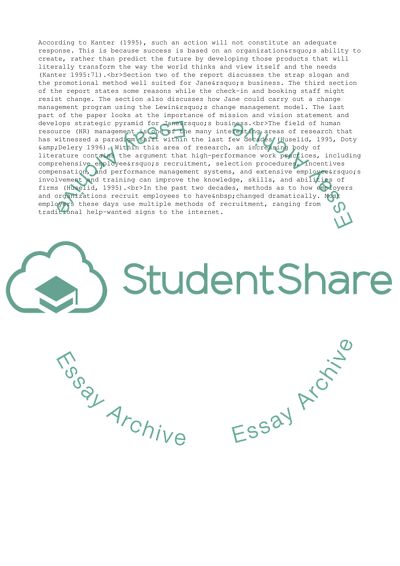Cite this document
(Analysis Janes SkyFrance Business Research Paper - 1, n.d.)
Analysis Janes SkyFrance Business Research Paper - 1. Retrieved from https://studentshare.org/business/1723940-business
Analysis Janes SkyFrance Business Research Paper - 1. Retrieved from https://studentshare.org/business/1723940-business
(Analysis Janes SkyFrance Business Research Paper - 1)
Analysis Janes SkyFrance Business Research Paper - 1. https://studentshare.org/business/1723940-business.
Analysis Janes SkyFrance Business Research Paper - 1. https://studentshare.org/business/1723940-business.
“Analysis Janes SkyFrance Business Research Paper - 1”, n.d. https://studentshare.org/business/1723940-business.


